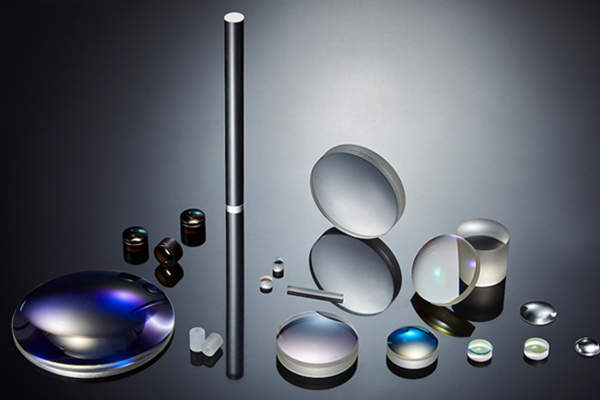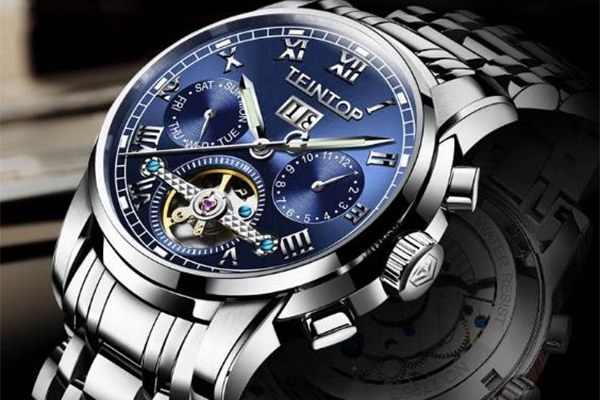With continuous technological advancements, optical lenses are increasingly being utilized across various fields. Ensuring high-quality optical lenses requires meticulous cleaning processes, as lens surfaces are prone to contamination during polishing, processing, and transportation, which can affect subsequent coating quality. Traditional manual cleaning methods are often inefficient and provide inadequate cleanliness. Therefore, ultrasonic cleaning technology has become mainstream.

Principles and Methods of Ultrasonic Cleaning of Optical Glass
In the optical field, the cleanliness of the glass surface directly affects the performance and lifespan of optical components. Due to its efficiency and precision, ultrasonic cleaning technology is widely used in cleaning optical glass.
Principles of Ultrasonic Cleaning
Ultrasonic cleaning uses the cavitation effect produced by high-frequency sound waves propagating through a liquid to clean the surface of objects. The working principle includes the following steps:
Cavitation Effect: Ultrasonic waves traveling through the liquid generate numerous microscopic bubbles. These bubbles rapidly form and collapse under pressure variations, producing localized high-temperature and high-pressure shock waves.
Micro-Impacts: The energy released when the bubbles collapse can strip away and disperse contaminants and impurities adhering to the optical glass surface.
Thorough Cleaning: The cavitation effect can penetrate into microscopic crevices and irregularities on the surface of the optical glass, ensuring thorough cleaning.
Main Processes of Ultrasonic Cleaning for Optical Glass
IPA Process
The IPA (Isopropyl Alcohol) process includes four steps: washing, rinsing, dehydration, and drying. The washing process might start with solvent cleaning, followed by an emulsifier to dissolve the solvent, and then water-based cleaning. During rinsing, running water removes detergents and contaminants from the lens surface. The dehydration stage uses ultrasonic action to mix IPA with pure water, quickly removing moisture from the lens surface. Finally, in the IPA vapor drying tank, IPA vapor condenses and liquefies to wash the lens surface until the lens surface temperature matches the vapor temperature, completing the drying process.
Pure Water Process
The pure water process includes three steps: washing, rinsing, and drying. The drying process is divided into slow lifting in hot pure water and spin-drying in cold pure water. The slow lifting method uses the high surface tension of pure water to dehydrate and dry the lens quickly at high temperatures. The spin-drying method centrifugally removes pure water from the lens surface. This method is suitable for situations where the lens cleanliness requirement is not high, saving space and IPA usage.
Method Flow of Ultrasonic Cleaning Optical Glass
To ensure the cleaning effect of optical glass, precise control of the specific operation methods includes the following steps:
Choosing the Appropriate Cleaning Agent
During the cleaning process of optical glass, a suitable cleaning agent needs to be selected. Generally, a neutral or mildly alkaline water-based cleaning agent is recommended to avoid corrosion or damage to the glass surface. Additives can be chosen to enhance the cleaning effect based on the type of contaminants.
Setting Cleaning Parameters
Frequency Selection: Ultrasonic frequencies typically range between 40 kHz and 80 kHz. High-frequency ultrasound is suitable for delicate and gentle cleaning.
Temperature Control: The cleaning liquid temperature is usually controlled between 30°C and 60°C. An appropriate temperature can improve cleaning efficiency.
Time Control: The cleaning time depends on the specific situation, usually between 5 to 20 minutes. Excessively long cleaning times may adversely affect the glass surface.
Cleaning Process
Pre-Cleaning: Place the optical glass in the cleaning tank for preliminary pre-cleaning to remove most of the surface contaminants.
Ultrasonic Cleaning: Place the optical glass in the ultrasonic cleaning tank, set the frequency, temperature, and time, and start the ultrasonic cleaner.
Rinsing and Drying: After cleaning, remove the optical glass, rinse with pure water to remove residual cleaning agents, and then dry the glass using a lint-free cloth or gas drying equipment to avoid water spots and residues.
Precautions
Choice of Pure Water Machine: Optical glass cleaning requires extremely high water quality, typically with a resistivity of over 15 MΩ to avoid water marks and spots. For acrylic or other plastic lenses, the resistivity requirement is slightly lower. Market-available pure water machines mainly use RO membrane filtration and mixed bed resin ion exchange methods, with dual mixed bed tanks allowing alternate use to prevent production interruptions. More advanced RO membrane EDI systems can maintain stable water quality, though they are costlier but more economical in the long run. For optical glass factories, half-ton, one-ton, or larger capacity pure water machines are recommended, and they should be placed near the ultrasonic cleaning machine to avoid water quality impact.
Cleaning Process Selection: The cleaning process should be adjusted according to the different causes of contamination on the glass surface. White glass and post-screen-printed glass should be cleaned separately, adjusting cleaning time, temperature, and detergent concentration. Particularly for ground white glass, it should be ultrasonically cleaned promptly, without prolonged intermediate delays. For special cases such as reworked glass after demasking, chemical treatment should be performed before cleaning. Post-screen-printed glass requires careful cleaning to avoid ink discoloration, warping, detachment, or defects. Ideal cleaning effects can be achieved by adjusting the pH value of the detergent, reducing ultrasonic power, and lowering the cleaning water temperature.
Application Examples
Cleaning Optical Lenses
During production, optical lenses can accumulate various microscopic particles and oils. Ultrasonic cleaning efficiently removes these contaminants, ensuring the optical performance of the lenses.
Cleaning Precision Optical Instrument Components
Ultrasonic cleaning technology is also widely used in cleaning precision optical instrument components, such as optical prisms and optical filters, ensuring their surface cleanliness and performance.




